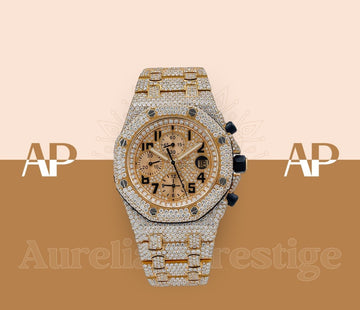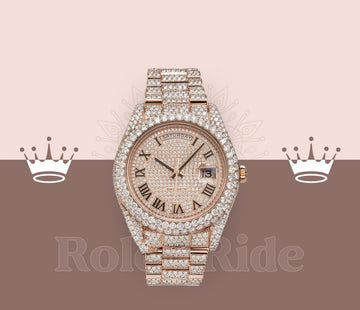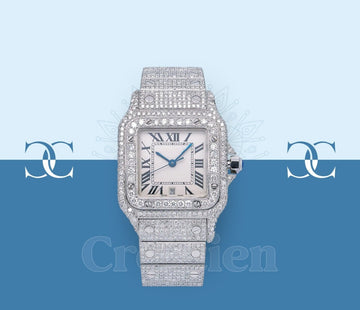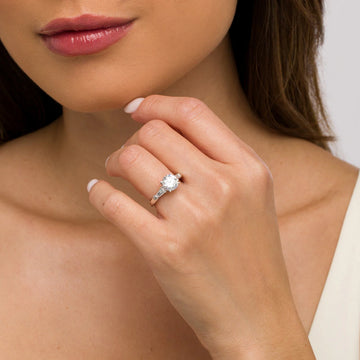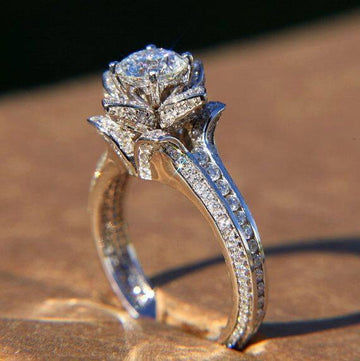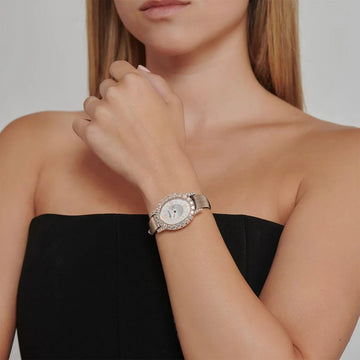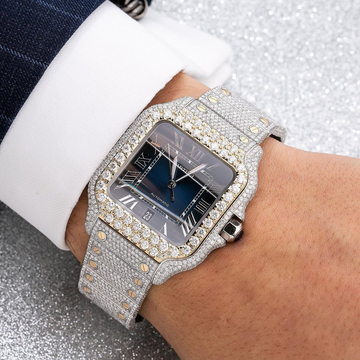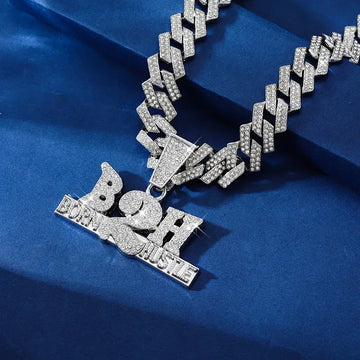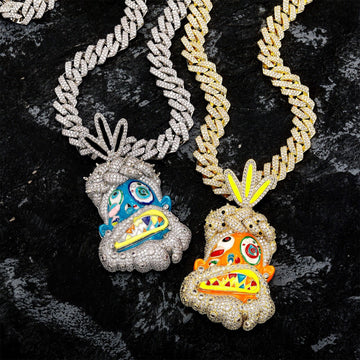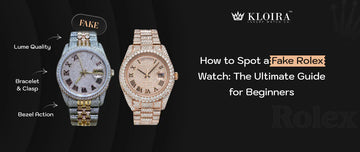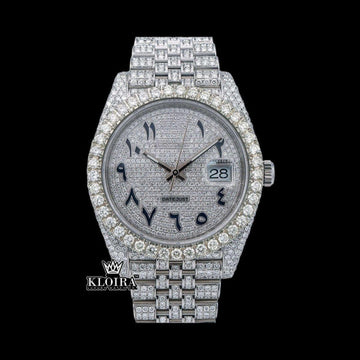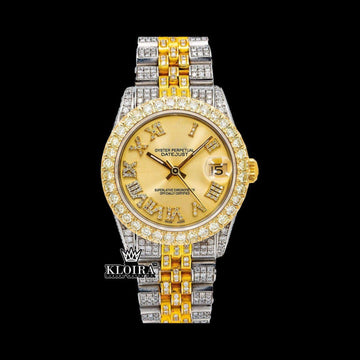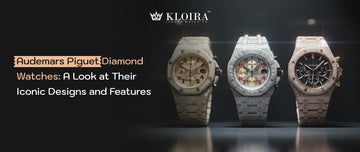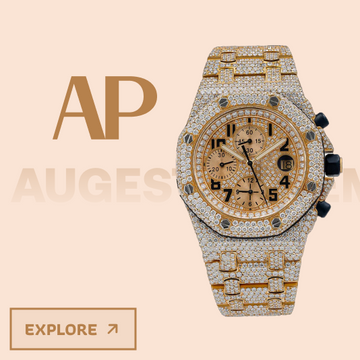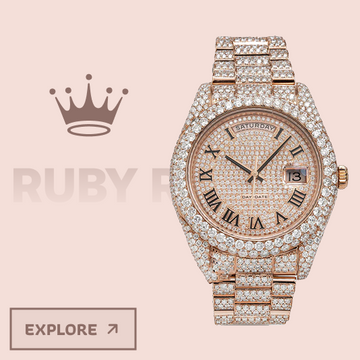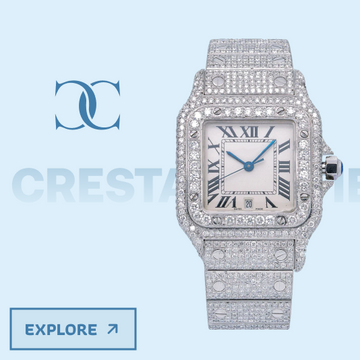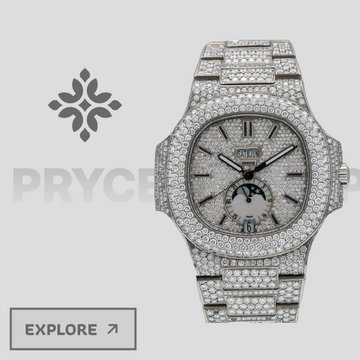When you wear a Rolex on your wrist, it means you're experiencing style and that star-level aura at the same time. Some of the famous features, such as the weight of the watch, the feel, and the way light catches the polished surface, are all part of what makes a Rolex famous all over the world.
But let’s mention some facts about this dashing watch. If you own one, or plan to buy one, you're up against a sea of knockoffs. Counterfeits are everywhere. Some fakes are close enough to fool you, at least until you look a little deeper. And that’s what this is about: looking deeper. Let me explain with some facts, how you can spot a fake without overthinking it, but also without missing the key details.
The Rolex Formula: What Makes a Rolex a Rolex?
Before we dive deep into the details, let’s quickly talk about some facts that make a Rolex worth faking. The Rolex watch has been around for over a century, 1905 created in London, UK, and they’ve earned their reputation by constantly pushing boundaries.
From the Oyster case to the Perpetual movement, it’s a brand that has earned its place at the top by engineering watches that work, not just sit pretty. And then there’s the prestige.
But it’s not just the popular name or the style that it is famous for; it’s the legacy. The top-class craftsmanship. That’s why counterfeiting Rolex isn’t just about getting the look right, but it is about capturing the essence of what makes them valuable in the century.
I will not stop myself from mentioning that Rolex maintained its dominance in the luxury watch market in 2024, accounting for 33.2 of % Luxury watch market share all over the world. The brand's retail valuation reached an estimated CHF 15.45 billion in 2024. Counterfeiters know that reproducing that brand value and exclusivity is no easy feat—but that doesn’t stop them.
The catch is, while owning a Rolex is a mark of luxury, the second-hand market for these watches has made them a prime target for counterfeiters. Real Rolex watches hold their value over time, sometimes increasing it. So, counterfeiting them is a smart move if you’re in the business of selling cheap knockoffs for profit.
The market’s there, and it’s big enough to keep this fake game on. That’s why it's important to know what you're buying before you commit to purchasing one for yourself. Let’s take a look at some Rolex facts through which you can identify the real one.
Weight: The First Test
The weight of a Rolex is one of the first things you’ll notice. A real one feels solid, heavy even. It’s not because they’re overbuilt, but because the materials they use—904L stainless steel, solid gold—have a certain heft to them. It's about quality. You can’t fake that with cheap alloys.
Pick it up. A fake will likely feel a lot lighter. Sure, some replicas come pretty close, but a real Rolex still has that undeniable weight. If your watch feels lighter than you expect, you’ve got a problem. It’s an immediate tell. Don’t ignore it.
A genuine Rolex Submariner weighs about 155 grams, while some fake versions might weigh as little as 125 grams. The difference isn’t just in the weight—it’s in the materials. The real thing uses 904L stainless steel, which is far more resistant to corrosion than the regular steel commonly used in fakes.
Movement: If It Ticks, It’s Fake
Rolex movements are smooth, almost to the point of being hypnotic. The second hand should glide, not jump. It’s one of those small details that takes years to perfect, but once you’ve seen it, you can’t unsee it. If your second hand jerks or ticks with a mechanical tick-tick, you’re holding a fake. It’s that simple. A real Rolex doesn’t stutter—it glides.
The difference isn’t just in the sound, either. The motion is fluid, constant. A knockoff? Jerky and awkward, like something that’s been thrown together with whatever parts the counterfeiters could find.
Rolex’s movement technology is so advanced that its watches often have an average daily rate of deviation of less than 2 seconds—a feat few can match.
The Case Back: No Peeking
Rolex keeps things closed up. No peeking at their movements. It’s part of the brand’s mystery. Other high-end watchmakers might have transparent case backs to show off their intricate movements, but not Rolex. Their design philosophy doesn’t allow it.
If you come across a Rolex with a clear case back, you’re holding a fake. Period. It’s a dead giveaway. Genuine Rolex watches have solid case backs, often with the logo subtly engraved, but not a window into the guts of the watch. It’s about preserving the integrity, keeping the magic inside. Any Rolex you see with a clear back is nothing more than a cheap knockoff with a show-off complex.
Cyclops Lens: The Devil Is in the Details
That little magnifying lens over the date? It’s a hallmark of Rolex. It magnifies the date exactly 2.5 times. Not 2, not 3—2.5. It's a small detail that most counterfeiters get wrong. Fake Rolexes often get the magnification off, either too weak or too strong. Sometimes the lens isn’t even magnifying at all.
Look closely at the date section on the watch dial. It should sit comfortably inside that little bubble on the dial, magnified clearly and evenly. If the lens doesn’t do its job, you’re not looking at a real Rolex.
Rolex’s attention to detail is incredible. In fact, the Cyclops lens is made of sapphire crystal, a very durable and transparent material, making it extremely durable and scratch-resistant. Counterfeiters typically use cheaper, less durable materials, making the lens appear blurry or weak.
The Logo: Not Just a Crown
The Rolex logo is the crown. It’s not just for decoration purposes, but a symbol of precision and craftsmanship. Every time you look at it, you’re supposed to see the detail, the precision of the engraving. It’s sharp. It’s crisp. There’s no mistaking it.
If the logo on your Rolex looks off—if the edges aren’t clean, or the crown is uneven—then you’ve got yourself a fake. The details here matter. If the logo is just “good enough,” it’s not good enough. Rolex doesn’t do “good enough.”
The Rolex crown engraving is done using a unique laser-etching process that leaves it perfectly crisp and sharp. It’s a process that fake manufacturers rarely get right.
Serial Numbers: Engraved, Not Stamped
Every genuine Rolex watch has its own serial and model numbers located between the lugs of the watch, typically at the 6 o’clock position. These serial numbers aren’t just for show, but they’re written for how you trace the watch’s history, the model, and even the year it was made.
In fake Rolexes, these numbers might be hard to find or poorly etched. Sometimes they’re missing altogether. If the engraving is shallow or the numbers don’t match up with the watch, it’s time to walk away. It’s a simple check through which you can differentiate the fake and real ones.
Furthermore, Rolex uses a microscopic laser engraving technique to etch these numbers, making sure they are incredibly precise and resistant to wear.
Models: Each One Has Its Quirks
Now time to discuss some models of the Rolex. Every Rolex model has its own unique features. The Submariner, for example, has a rotating bezel and a strong case, built for diving.
The Daytona, with its chronograph subdials and specific pushers, tells a very different story, considered one of motorsport precision. And the Datejust model? It’s more about elegance, the polished design, and the distinct link pattern of the Jubilee bracelet.
What all these models share is attention to detail. Counterfeiters often get close, but they miss the nuances. A fake Submariner might have the right look, but the bezel won’t feel right. A fake Daytona? The pushers won’t feel as smooth. It’s the small stuff that makes the difference. If you’re examining a model, know what makes it unique. The real thing always shows up in the details.
For example, the Submariner’s bezel is made from Cerachrom, a ceramic material that’s nearly impervious to scratching. This feature is incredibly hard to replicate with the same quality in knockoffs.
How to Maintain Your Rolex to Preserve Its Authenticity
Maintaining a Rolex watch isn’t about wiping it down every few days. It’s about keeping the heart of the watch ticking as smoothly as it did when it was first made. The watch is a finely tuned machine, and taking care of it requires attention beyond just the exterior. Storing it properly is one of the most overlooked aspects.
If it’s not on your wrist, don’t just toss it anywhere. Exposure to heat, moisture, or sunlight will wreck it over time. The seals weaken. The movement becomes sluggish. A watch winder is a small investment, but it makes all the difference. It keeps the internal movement running, preventing the oils from drying up. Skip this, and you're looking at a repair bill that could've been avoided.
Servicing isn’t optional, but it’s essential. The Rolex company recommends servicing every 5 to 10 years, depending on how often you wear and use the watch. Think of it as an oil change for your watch. A full service isn’t just about fixing the time; it’s about making sure that everything’s running as it should.
When you take your Rolex to an authorized service center, you’re getting more than just a tune-up. You’re getting original parts and precision work that keeps your watch from deteriorating, both in function and value.
Neglect it long enough, and you’ll be playing catch-up. It’s not just about the accuracy of how it is made, but it’s about protecting the investment, the legacy. Without that regular service, your Rolex, like anything valuable, will slowly lose its edge.
Still Not Sure? Get Help
Sometimes, no matter how much you know about a product, you just need to trust an expert. And that’s okay. There’s no shame in taking your watch to a professional for authentication. A certified Rolex technician or experienced watchmaker will be able to point out the inconsistencies you missed. They’ve seen it all, and they’ve got the tools to tell the real from the fake.
Frequently Asked Questions
How do I know if my Rolex is real or fake?
A genuine Rolex feels solid, hard, and heavy; this is because of 904L stainless steel. The fake one is lighter and cheaper. And the logo and serial numbers? If they’re sloppy and the serial numbers are difficult to find, walk away.
Why is a Rolex so expensive?
Rolex is not just a watch brand but a precise piece of machinery built to last, which means it is worth every penny. Premium materials and expert craftsmanship come with a cost, making it sure its high status is maintained at all times.
What is the significance of the Cyclops lens on a Rolex?
The Cyclops lens isn’t a gimmick—it magnifies the date exactly 2.5 times. Fakes often get this wrong. If the magnification is off, you’re probably looking at a cheap knockoff.
Can I wear my Rolex every day?
Of course, you can wear a Rolex every day, and this is because of its scratch-resistant materials and water resistance features. Just make sure it’s serviced and stored properly to keep it ticking smoothly.
How can I keep my Rolex looking new?
You can keep your Rolex watch looking new by cleaning it every day with a soft cloth and keeping it away from harsh chemicals, which can damage its shine.
Final Thoughts
So guys, this was all about the fake vs real Rolex, and how you can find the gem inside the box. But this is true, fake Rolex isn’t always easy to encounter, and that’s why so many people get duped in the market.
But once you know the exact points to look for, it becomes a matter of paying attention to the details, such as the weight, the movement, the case back, the lens, and the logo, which we discuss in the article above. All these small but important features add up. And when you understand what a Rolex is supposed to be, spotting a fake isn’t just a skill, it’s instinct.
At the end of the article, I would add that it’s not just about getting the watch right. It’s about making sure you’re getting the real thing with real aura. Because owning a Rolex? It’s about more than just showing time and date.
It’s about owning something that’s been crafted with care, precision, and the kind of attention to detail that’s hard to fake all the time. So, if you’re still not sure, take a moment. Trust what you know. And if all else fails, there’s always a professional who can set the record straight.





